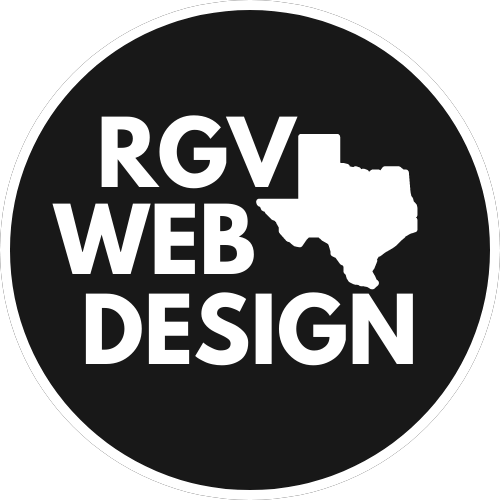
In the dynamic world of digital creation, two fundamental disciplines harmonize to bring websites, applications, and digital experiences to life—design and development. While often used interchangeably, these terms encompass distinct roles and responsibilities. Let’s embark on a journey to unravel the nuanced difference between design and development, exploring how these disciplines converge to shape the digital landscape.
1. Defining Design:
- Visual Conceptualization:
- Design involves the visual and conceptual aspects of a digital project.
- Designers focus on creating the overall look, feel, and user experience (UX) of a product.
- User Interface (UI) Design:
- UI designers concentrate on the aesthetics and layout of elements, ensuring a visually appealing and user-friendly interface.
- Wireframing and Prototyping:
- Designers use wireframes and prototypes to outline the structure and flow of a project before it moves to the development phase.
2. Defining Development:
- Coding and Implementation:
- Development centers around the execution of the design using programming languages.
- Developers transform design concepts into functional, interactive, and dynamic digital products.
- Back-End and Front-End Development:
- Back-end developers focus on server-side operations, databases, and application logic.
- Front-end developers handle client-side aspects, ensuring a seamless user experience.
- Functionality and Interactivity:
- Developers ensure that the digital product functions as intended, with a keen focus on performance, responsiveness, and interactivity.
3. Collaboration and Iteration:
- Design-Development Handoff:
- Designers and developers collaborate closely during the handoff phase, where design assets are transferred for implementation.
- Iterative Process:
- Both design and development involve an iterative process, with feedback loops ensuring continuous improvement and refinement.
4. Tools and Software:
- Design Tools:
- Designers use tools like Adobe XD, Sketch, or Figma to create visual assets, wireframes, and prototypes.
- Development Tools:
- Developers work with coding environments and tools such as Visual Studio Code, Sublime Text, or Atom.
5. Timeline and Workflow:
- Design Timeline:
- Design typically precedes development, setting the visual and conceptual foundation for the project.
- Development Workflow:
- Development follows design, with the coding and implementation phase building upon the visual concepts.
6. User-Centric vs. Functionality-Centric:
- User-Centric Design:
- Design prioritizes the user’s experience, ensuring that the digital product is visually appealing and easy to navigate.
- Functionality-Centric Development:
- Development focuses on the functionality and performance of the digital product, ensuring it meets technical specifications and requirements.
Conclusion:
In the intricate dance of digital creation, design and development converge to weave a seamless tapestry of user-centric, functional, and visually captivating experiences. Understanding the nuanced difference between these disciplines is crucial for effective collaboration, ensuring that the vision conceived by designers transforms into a fully functional, interactive reality through the hands of developers. As the digital landscape continues to evolve, the symbiotic relationship between design and development remains at the forefront of innovation.
References:
- “UI vs. UX Design: What’s the Difference?” – Interaction Design Foundation
- “Back-End vs. Front-End Development: What’s the Difference?” – CareerFoundry
- “Wireframing, Prototyping, Mockuping – What’s the Difference?” – UX Design
- “Top UI/UX Design Tools You Should be Using in 2023” – UXPin Blog
- “Best Coding Editors and IDEs for Developers in 2023” – Techradar
- “The Design Process: What is the Double Diamond?” – Design Council
- “Development Process: A Complete Guide” – AltexSoft
- “The Importance of Collaboration in Design and Development” – Smashing Magazine
- “Design-Development Handoff: A Practical Guide” – Sympli Blog





